Proud to Be Ashamed: The Destroyer
There are guilty pleasures, and there are guiltier pleasures, and then there are the pleasures that have you wearing an orange jumpsuit and standing in front of a stone-faced judge with your hands and feet shackled together, wretchedly staring at the floor, unable to look anyone in the eye, so tongue-tied with shame and degradation that all you can do is whisper, “I just can’t help myself, Your Honor… I never meant to hurt anyone, and… I know it’s wrong, and… and, there’s no excuse… but… I just can’t help myself.”
That’s reading The Destroyer.
The Destroyer series was part of the wave of “Men’s Adventure” paperbacks that sprang up like mushrooms during the 70’s and drove decent literature like Jane Eyre and Valley of the Dolls off the shelves and into the outer darkness, there to be pulped and perish. The catalyst for the whole seedy genre was the 1969 publication of War Against the Mafia by Don Pendleton, the first entry in his wildly successful Executioner saga, which featured Vietnam veteran Mack Bolan waging a single-handed war against the Mafia, just like it said in the title.
[Click the images for pulp-sized versions.]
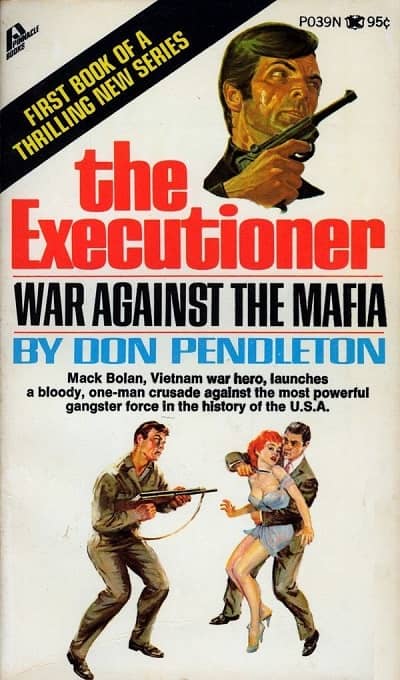 |
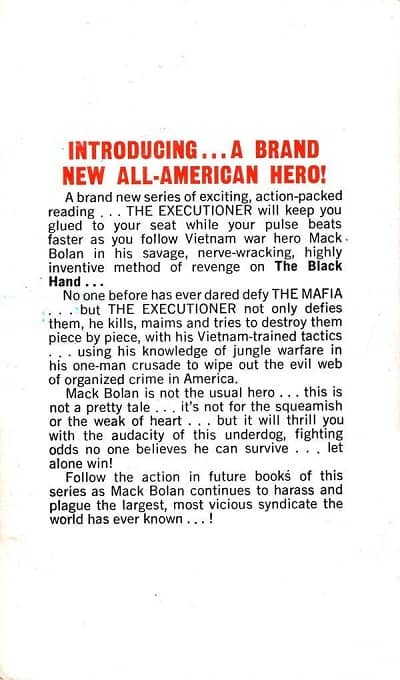 |
Realistic violence (sort of) and lock-jawed humorlessness were the trademarks of The Executioner. Don Pendleton took Mack Bolan and his bloody mission very seriously indeed, and why not? The series made him rich beyond the dreams of, if not avarice, then at least beyond the dreams of the average hack chained to the dreary treadmill of paperback original production.
In the wake of The Executioner, heavily-armed, hard-nosed, high body count paperback vigilantes were suddenly everywhere, like ants at a picnic. Most of them were ultra-violent, rigidly formulaic, and politically reactionary (as befitted the sour 70’s, which were to the swinging 60’s what a cheap-vodka hangover is to the previous night’s wild party). As writing if not as sociology, they were almost all really, really bad. These books came in all varieties, from science fiction to western to gritty urban, and featured a plethora of action types. There were hardboiled dicks, renegade cops, martial arts masters, stoic mercenaries, steely seductresses, pseudo James Bonds, and so on and so on. There was even one series (The Inquisitor) whose hero was the Pope’s personal hit man. Ahead of its time, I would say.
Early on, The Destroyer leaped headlong into this seething porcelain pool and very quickly rose to the top of the bowl, a position it has maintained for the better part of five decades. Most of these series took up their spinner-rack space for a few months or a few years and then discretely sank without a ripple, but improbably, like a treatment resistant fungus, The Destroyer is still around, persisting even after the deaths of its original creators. In January of this year, the 152nd (!) installment, Continental Divide, appeared.
Richard Sapir
The Destroyer was cooked up by two New Jersey newspapermen, Richard Sapir and Warren Murphy. When the success of The Executioner and its progeny revealed just how lucrative this market could be, they dusted off a novel they had written in 1963, a bit of drivel about a Newark cop named Remo Williams who’s sent to the electric chair for a crime he didn’t commit. Williams isn’t actually executed, though; his death is faked and he’s taken in hand by CURE, a supersecret government organization dedicated to the elimination of organized crime and other major threats by any means necessary. CURE trains and reprograms Williams, shaping him into the world’s greatest assassin.
Warren Murphy
Sapir and Murphy submitted the book to Pinnacle Publishing, the Mecca of the Men’s Adventure market, and lo, in June, 1971, Created, the Destroyer appeared, shedding its mellow light in drugstores and chain bookstores across the land. To a nation still limping through the last, losing days of the Vietnam War, to a citizenry grown surly and cynical from the ceaseless sandpaper-massage of inflation, stagflation, and the increasingly brazen lies of Tricky Dick, to a country enduring a permanent migraine induced by the incessant yammering of Howard Cosell and Bela Abzug and the inane theme songs of crappy summer-replacement TV shows, the snappy chronicles of Remo Williams and his merciless methods were a diversion well worth the ninety five cent cover price.
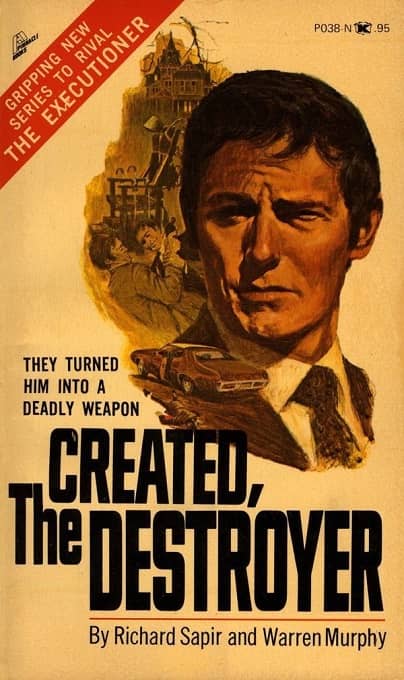 |
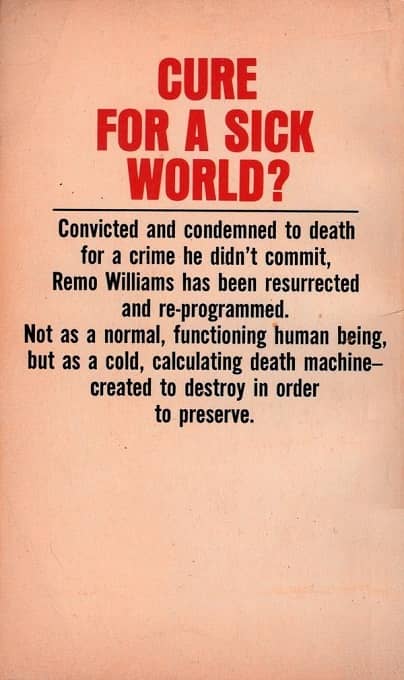 |
Like most of the other paperback series of the 70’s, The Destroyer was in many ways standard formula stuff, fitting smoothly into the well-worn grooves cut decades before by the original outside-the-law pulp heroes like the Shadow and the Spider and polished to a gloss by the addition of generous dollops of the sex, technology, and flamboyant supervillians that were introduced by Ian Fleming and his many imitators. So what put Remo Williams ahead of the pack?
The Destroyer difference was humor. After the first few installments, Sapir and Murphy realized that the market on teeth-gritting grimness had long before been cornered, and decided to make their series a conscious parody instead of an unconscious one.
Chiun and Remo
It greatly helped that they had designed The Destroyer with a built-in comedy act, if only they decided to use it — and did they ever. You see, though Remo is the titular hero of the books, he is far from being the star of his series — that honor must be given to the man charged by CURE with his training and who partners with him on all of his adventures — Chiun, the elderly Korean Master of Sinanju, the most difficult and deadly of all martial arts, the “sun source” of which all others — judo, ju-jitsu, karate, aikido, kung fu — are but watery, infantile corruptions.
Supervillains of the 70’s
There is respect and a kind of affection between Remo and Chiun — Remo calls Chiun “Little Father” and Chiun sometimes refers to Remo as his son (Chiun expects that Remo will inherit his mantle as the reigning Master of Sinanju, keeping alive an unbroken succession that goes back to the time of ancient Egypt), but as with that other great duo of the 70’s, Archie Bunker and his son-in-law, Mike “Meathead” Stivic, the clash of two entirely different worldviews often leads to tension and bickering. Remo frequently chafes at having to live a life of sterile motel rooms, vegetarianism (one of the requirements of Sinanju), and nothing but the most transient relationships with the opposite sex, restrictions that his Little Father is the one to enforce. (Killing, on the other hand, doesn’t bother Remo at all, and sometimes he seems to positively enjoy keeping his hand in with little things like ripping the nose clean off a loudmouthed biker’s face.)
For himself, Chiun is full of contempt for Americans and their lax and self-indulgent ways, condemning them all as lazy, stupid, and spoiled. Since Remo is the one American that Chiun spends any significant time with (the legions of people Chiun slays with Sinanju hardly count), he bears the brunt of his master’s condescending complaints.
Chiun’s Favorite
The one exception to Chiun’s dismissal of American culture is his total devotion to daytime soap operas, which he watches for six hours a day without fail. As he tells his favorite soap actor, Rad Rex, the star of As the Planet Revolves (in Destroyer #22: Brain Drain),
I am Chiun. I am the Master of Sinanju. I am employed to make sure that the Constitution of the United States continues to fail to work in exactly the same way it has failed to work for two hundred years. It is a most important job I have, and its only real reward is that it leaves my daytimes free to watch yours and other beautiful poems on the television.
Of course, the one aspect of American culture that Chiun approves of is one that Remo loathes. Oh yes — Chiun also has a thing for Barbra Streisand.
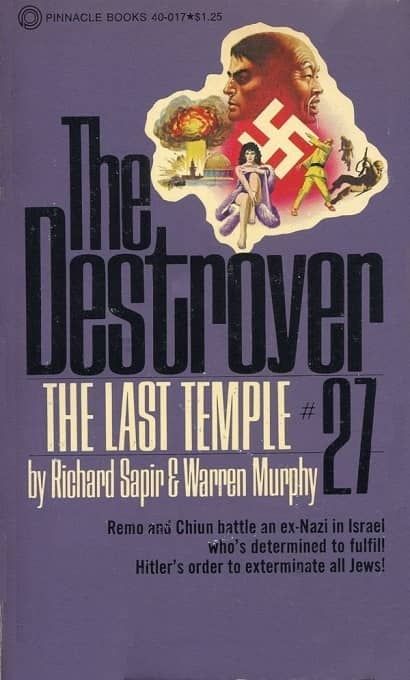 |
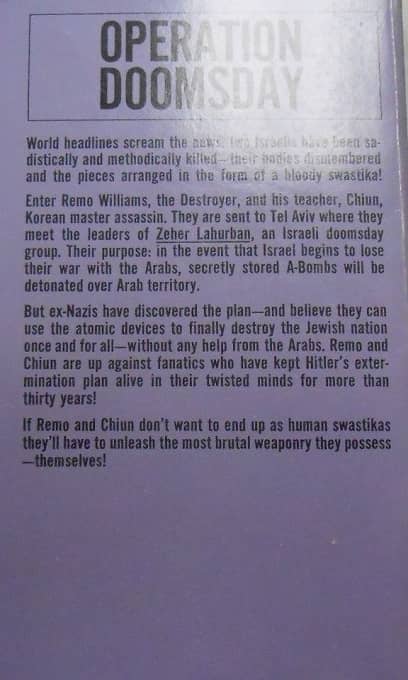 |
When the head of CURE, the dedicated but irritable Harold W. Smith, sends these two racing all over the country, tasked with terminating the current menace, you get a generous amount of energetic, semi-sleazy, low-rent paperback fun. Sapir and Murphy clearly had a blast coming up with over-the-top villains and menaces for their pair to quash: an earthquake-inducing geologist planning to wipe out California — that would be bad? (#5: Dr. Quake), a cabal of corrupt union leaders set on blackmailing the government into bankruptcy (#7: Union Bust), a Middle Eastern political snafu that threatens to cut off America’s oil supply (#16: Oil Slick), a NASA-created android determined to counterfeit the economy into a coma (#18: Funny Money), a Mafia scheme to steal and exploit an invention that lets you watch your most secret fantasies on any television set (#25: Sweet Dreams), a claque of unreconstructed Nazis aiming to use stolen atomic bombs to vaporize Israel (#27: The Last Temple), Chinese terrorists bent on destroying the U.S. meat industry — yes, you read that right (#29: The Final Death) and a host of other similarly outlandish threats all had their brief moment of glory.
All are dispatched by Remo and Chiun with a maximum of interpersonal friction and outward-directed violence (virtually all done the old fashioned way, by hand — for the acolytes of Sinanju, firearms soil the spirit, and Remo feels physically ill if he should have to pull a trigger, almost as bad as he does if he should weaken and eat a hamburger), and the expected modicum of sex, though this element is less prominent than it is in most other such series of the time, probably because Sapir and Murphy just weren’t interested in it. These two East Coast, big city newspapermen (of all varieties of homo sapiens, the least sentimental) were happier putting their energy into the boisterous and cartoonish social and political satire that fills the books than they were in writing tepid, pro forma sex scenes.
It is only fair to say that there is also, in the 70’s volumes especially, a lot of racial and sexual language that may have been (barely) within the bounds of legitimate satire in the era of All in the Family and Sanford and Son but that hasn’t aged well and would certainly be out of bounds if the books were being written today. The gibes are almost always in the mouths of the villains, but it’s still understandable if this puts The Destroyer (or the series’ first decade, anyway) beyond the pale for some readers.
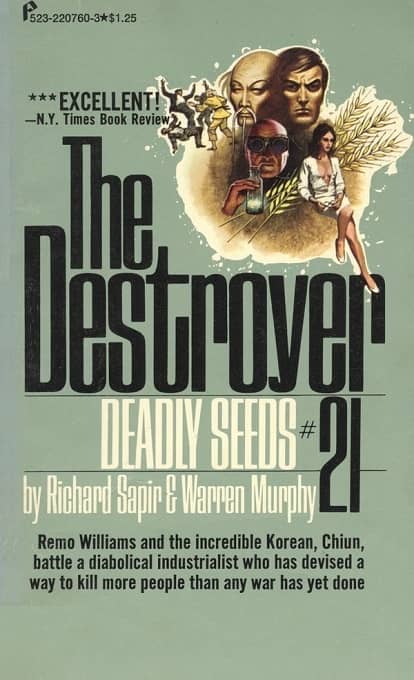 |
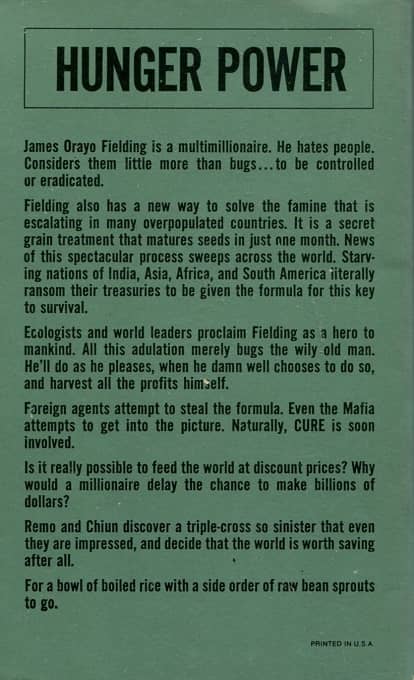 |
However, if allowances are made for the rougher-edged era that produced them and for the pulp conventions they adhered to, the better installments of The Destroyer are still a high-spirited hoot. The cover of my copy of #21: Deadly Seeds even boasts three little stars and an “EXCELLENT!” from the New York Times Book Review. Two months later, on #22: Brain Drain, the three stars had mysteriously increased to four. Hmmm… I wonder if Remo and Chiun paid a visit to the Newspaper of Record’s editorial offices and used a little Sinanju to squeeze out that extra accolade. In these days of internet archives, it might even be possible to locate the original review… but no. If the whole thing was just BS, I don’t want to know.
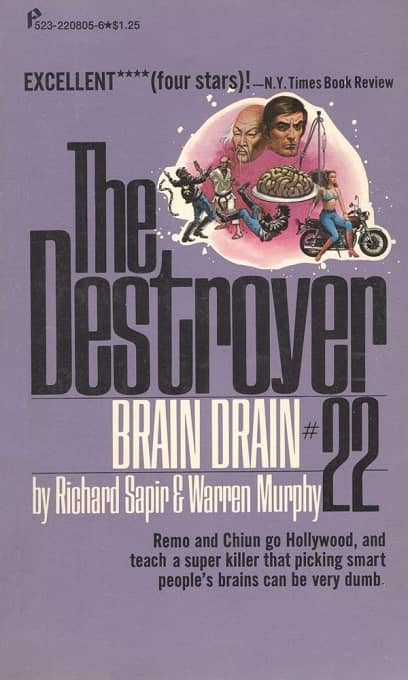 |
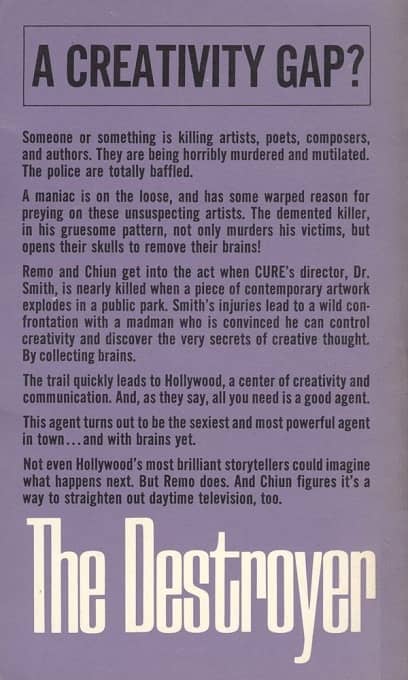 |
Richard Sapir died in 1987, and Warren Murphy soldiered on alone or with other collaborators until his own departure in 2015, but Remo and Chiun live on, and most of the 152 volumes in the series are still in print, in shiny new paperbacks or as e-books. If you want to try them, I wouldn’t bother buying them new – I’ve never been in a used bookstore yet that didn’t have a big pile of old Destroyers in a corner somewhere. The store employees will deny all knowledge, but be diligent and you’ll find them. They’ll be cheap and the 70’s covers are much livelier than today’s bland good-taste versions.
I won’t say that you have to read them all — I certainly haven’t — but if you find them to your taste, you might wind up like me; every now and then I get an itch to see what’s going on at CURE and get a line on what the Little Father and his star pupil are up to. Let’s see… #35: Last Call… according to the back cover…
During a CIA budget war, a group of assassins mistakenly triggers an ingenious CIA plot originally planned in the 1950’s — and a world-wide killing spree of top-level Russian officials begins…
Only The Destroyer, with the all-wise Chiun and the ever-wild Ruby, can stop them from reaching their primary target — the Russian premier!
However, in the midst of all this carnage, Chiun still wants Remo and Ruby to create a super baby as heir to Sinanju, before the government’s budget cuts wipe out welfare funds!
How will The Destroyer cope with life and death, love and procreation, all at once?
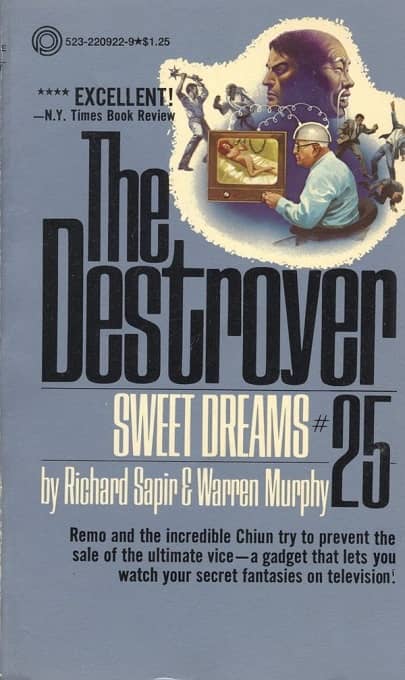 |
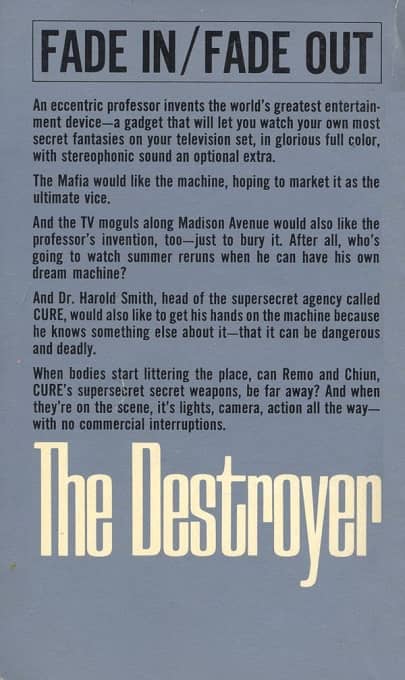 |
Well, I don’t know about you, but I’ve just got to know the answer to that question! Once I do find out, though, you’ll forgive me if I keep the information to myself. You see, I really don’t want anyone else to know that I read these things. Okay?
Thomas Parker is a native Southern Californian and a lifelong science fiction, fantasy, and mystery fan. When not corrupting the next generation as a fourth grade teacher, he collects Roger Corman movies, Silver Age comic books, Ace doubles, and despairing looks from his wife. His last article for us was Burbank Baghdad: Fake Folk Wisdom from the Movies.
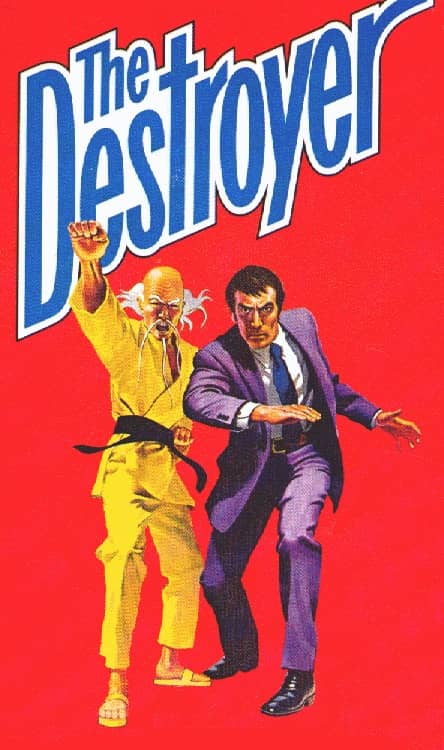
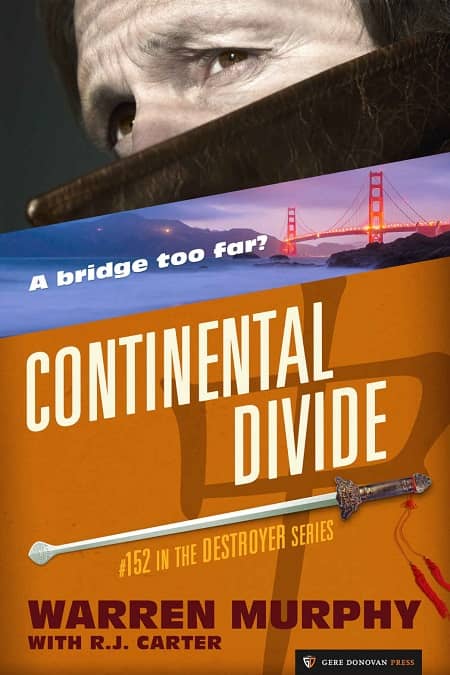
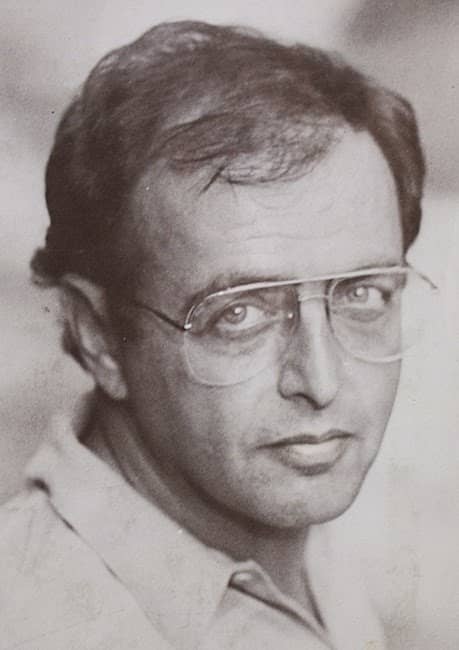
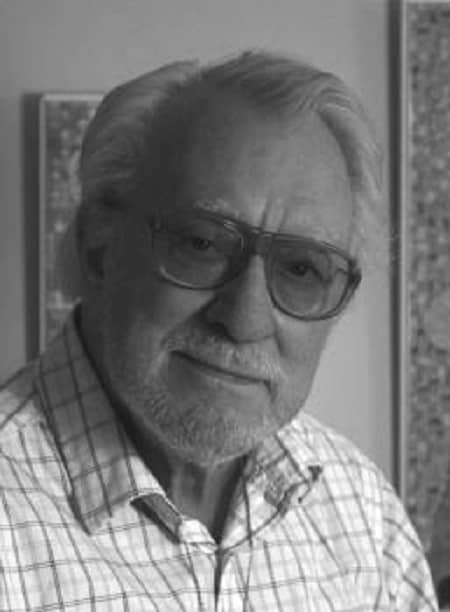
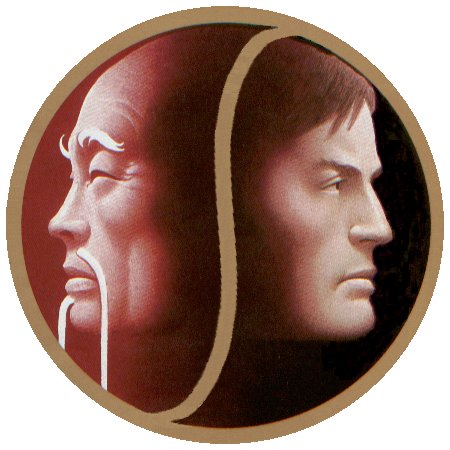
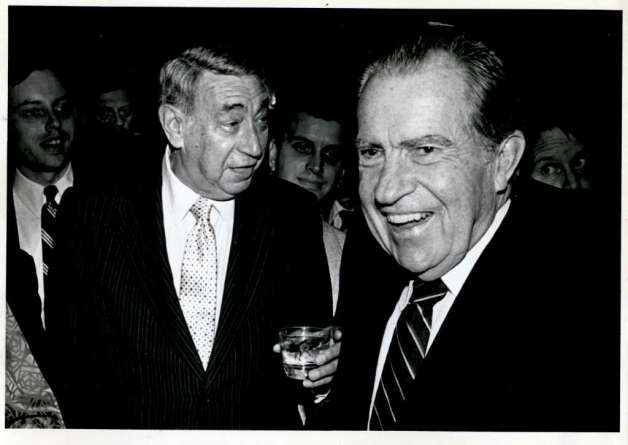
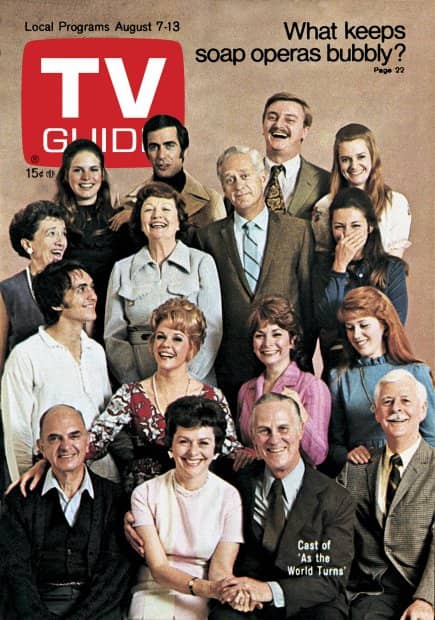
Cool article.
Note there was even a short-lived Marvel comic – magazine format – after the movie for this character.
The “Men’s Adventure” pulps made a big jump to paperback in the late 70s/early 80s era when the remnants of said magazines were cancelled. Pretty neat genre, just for the “non-PC” thrill alone. James Bond owes much to these, as superheroes owe to Shadow/Spider.
Note also at least dozens of other similar type characters, long series of stories. From “The Death Merchant” to the Men’s Adventure but in scifi/fantasy thing “Richard Blade”.
I remember in the bookstore I worked at in college (1986-1990) there was an entire paperback rack that was at one point devoted to bad men’s adventure fiction, although I think at that point most of the series were more in the postapocalyptic vein.
I’m not ashamed to say that I’ve read every single adventure up to about #130 or so.
I follwed them loyaly from the mid 70s up till about ~10 years ago. I love these books dearly. Warts and all.
Doug
This article was a blast! I remember these kinds of books as a kid growing up in the 70s (born in ’69), although I was more attracted to fantasy and sci-fi than straight adventure. I was a huge fan of the KUNG FU tv show, so I liked the idea of Chiun, but the one DESTROYER I tried to read as a kid was beyond my tender years.
To this day I miss seeing the Men’s Adventure book shelf in the bookstore and these books crowding for as much room in the grocery stores as the romance novels
Am I the only person who remembers the “Remo Williams” movie from the 80s? Action movie GOLD!
https://en.wikipedia.org/wiki/Remo_Williams%3A_The_Adventure_Begins
Adrian, I didn’t mention 1985’s Remo Williams: The Adventure Begins in the piece because I’ve never seen it, though I’ve always wanted to track it down.
Amazon will sell you the DVD, but neither they nor Netflix stream it. Looks like Vudu does, though.
Remo Williams: The Adventure Begins is a delightful, solidly ’80s movie.
[…] (Black Gate): There are guilty pleasures, and there are guiltier pleasures, and then there are the pleasures […]
“I am created Shiva, the Destroyer; death, the shatterer of worlds. The dead night tiger made whole by the Master of Sinanju. Who is this dog meat that dares challenge me?”
“vegetarianism (one of the requirements of Sinanju)” Oh, really? Maybe you missed all the times when they debated have duck versus fish for dinner.
You dare dispute the dictates of the Little Father, the Master of Sinanju? You insect!